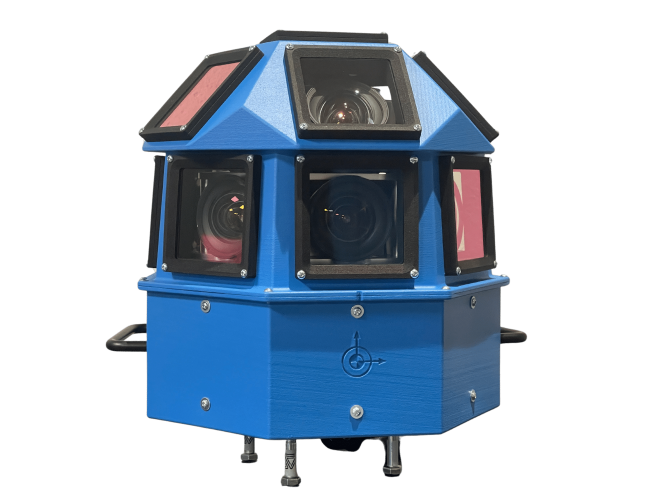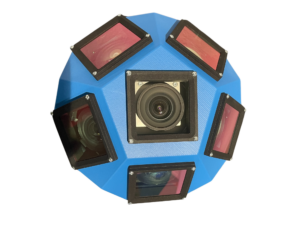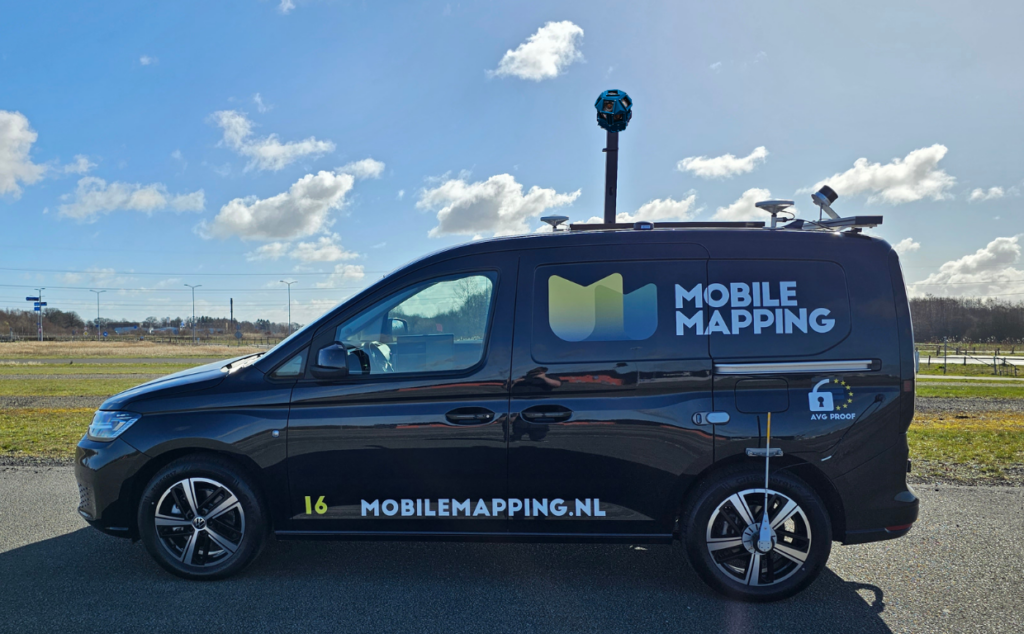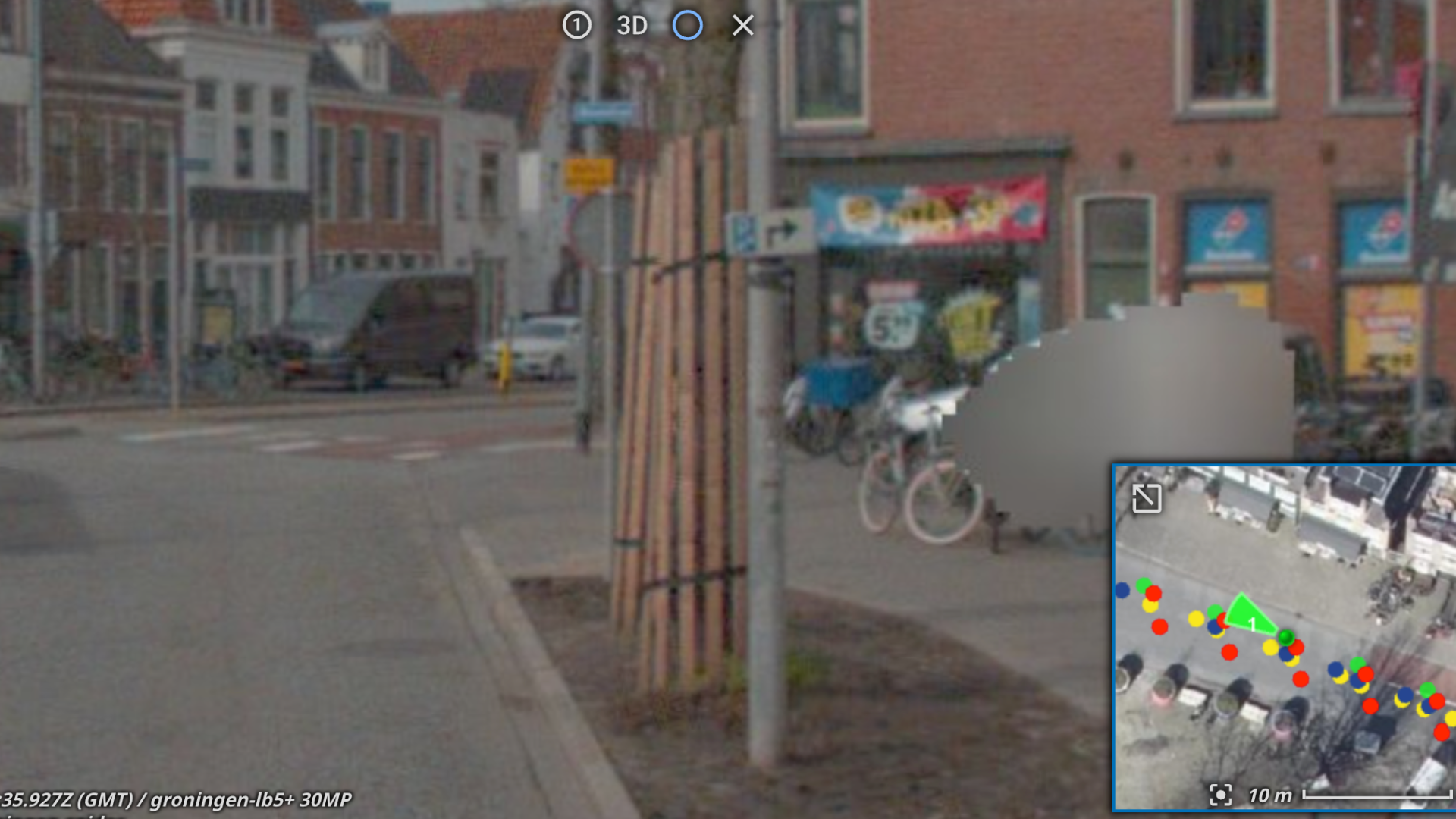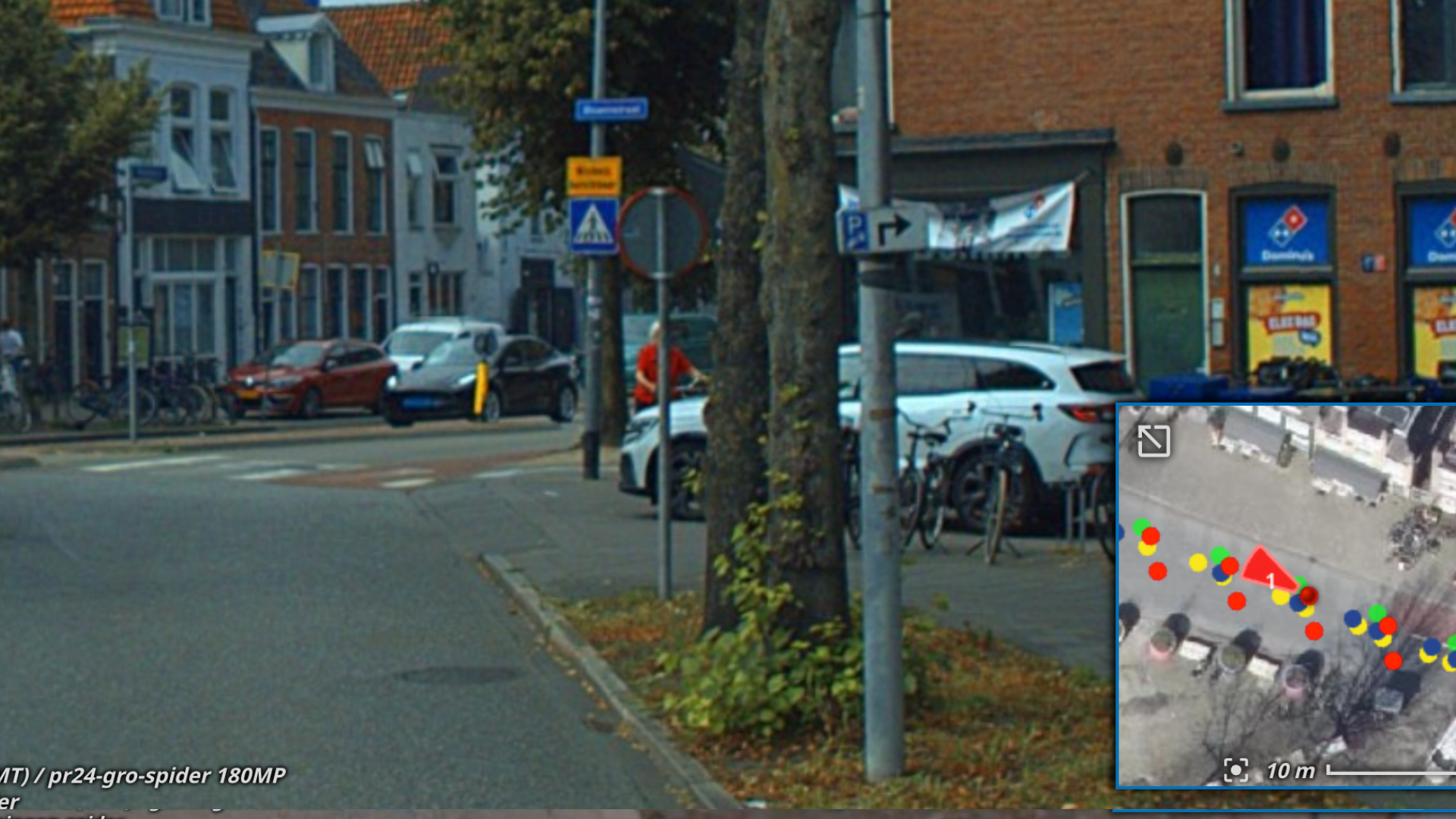The challenges of cameras for mobile mapping
Mobile mapping presents several significant challenges for cameras, especially when capturing high-quality, detailed images at high speeds. Many conventional camera systems struggle with:
- Low Parallax Control: Large distances between lenses can cause stitching artifacts, resulting in distorted panoramas.
- High Data Requirements: Capturing high-resolution images generates enormous amounts of data, often exceeding 2GB per second, which must be efficiently stored, compressed, and processed.
- Performance in Low-Light Conditions: Most cameras fail in low-light environments, where motion blur and low sensor sensitivity make it difficult to capture clear images.
- Sensor Synchronization: Capturing data from multiple sensors, including LiDAR and GPS, requires perfect synchronization to avoid image misalignment and incomplete datasets.
- Cost Efficiency: Balancing the need for advanced technology with budget constraints is often challenging, particularly when high-quality imaging and processing are essential.
- Camera Quality: Many government organizations seek a minimum of 100 megapixels for image quality.
